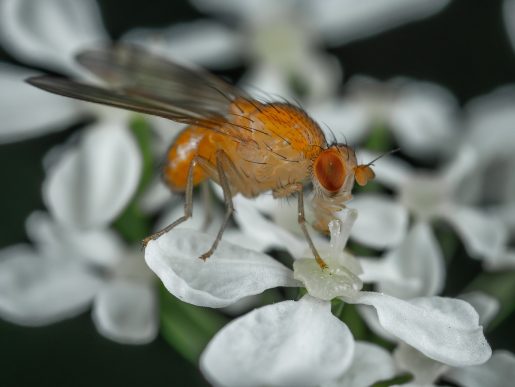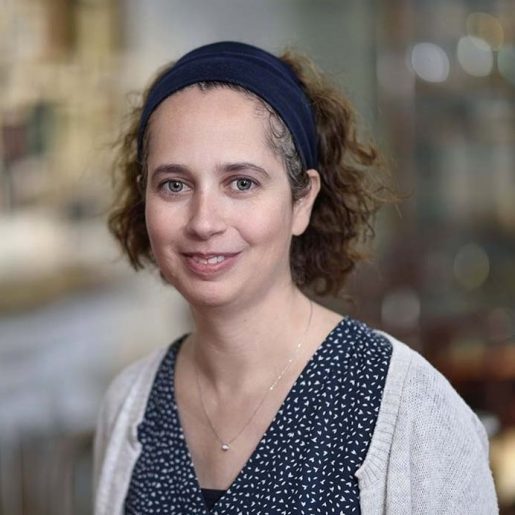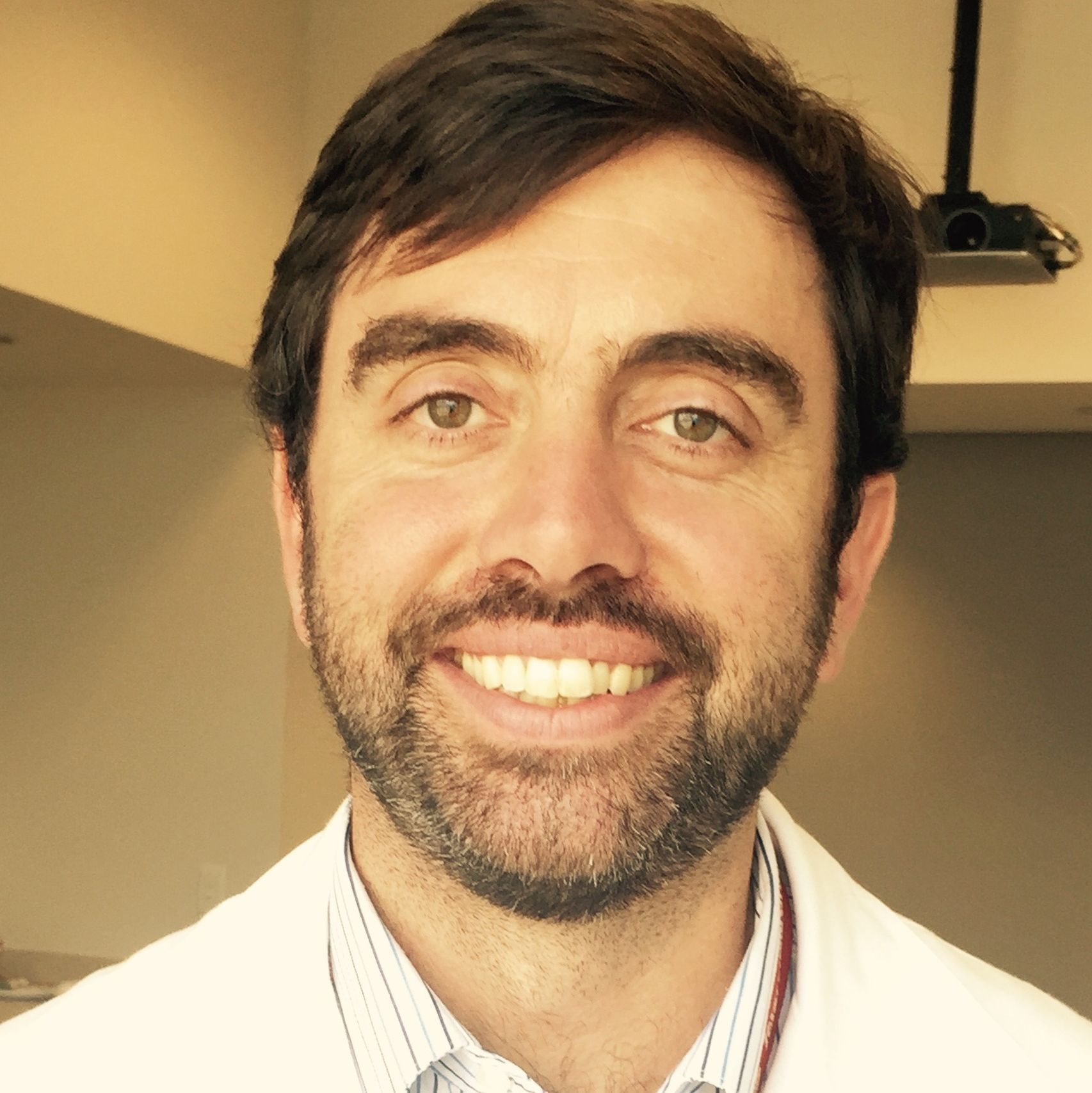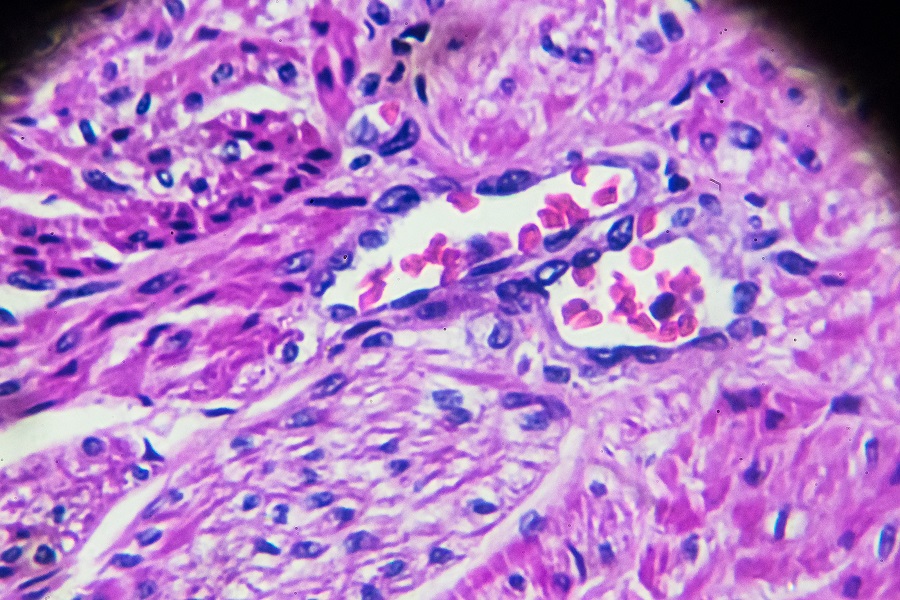The fruit fly helps unravel the genetics of autism
About 1 in 44 children in the U.S. are diagnosed with autism spectrum disorder (ASD) by the age of 8, according to the 2018 Centers for Disease Control and Prevention surveillance report. Although it is clear that ASD has a genetic component, how a child’s DNA contributes to the development of the condition has been more of a mystery.
Recently, clinicians and scientists have looked more closely at a particular type of DNA changes that only are present in affected individuals but not in the parents. Called de novo or new, these genetic changes could be responsible for about 30% of ASD. However, which of these variants play a role in causing ASD remains unknown.
At Baylor College of Medicine and Texas Children’s Hospital, a team of researchers has taken a new approach to looking at de novo ASD genetic variants.

The fruit fly sheds light on the genetics of ASD
“ASDs include complex neurodevelopmental conditions with impairments in social interaction, communication and restricted interests or repetitive behaviors. In the current study, we initiated our work based on information from a cohort of patients in the Simons Simplex Collection (SSC), which includes approximately 2,600 families affected by autism spectrum disorder whose genomes had been sequenced,” said co-corresponding author Dr. Shinya Yamamoto, assistant professor of molecular and human genetics and of neuroscience at Baylor and investigator at the Jan and Dan Duncan Neurological Research Institute at Texas Children’s. “Our first goal was to identify gene variants associated with ASD that had a detrimental effect.”

The team worked with the fruit fly lab model to determine the biological consequences of the ASD–associated variants. They selected 79 ASD variants in 74 genes identified in the SSC and studied the effect of each ASD–linked gene variant compared to the commonly found human gene variant as a reference, from three different perspectives.

Co-first author, Dr. Paul Marcogliese, postdoctoral fellow in Dr. Hugo Bellen’s lab, coordinated the effort on knocking out the corresponding fly gene, and examining their biological functions and expression patterns within the nervous system. They then replaced the fly gene with the human gene variant identified in patients, or the reference sequence, and determined how it affected biological functions in the flies.
Working with fruit flies carrying either the reference human gene or the variant forms, co-first author Dr. Jonathan Andrews, postdoctoral fellow in Dr. Michael Wangler’s lab at Baylor, was the point person investigating how these gene variants affected fly behavior. As ASD patients exhibit patterns of repetitive behavior as well as changes in social interaction, he evaluated the effect of the patient variants on an array of social and non-social fly behaviors, such as courtship and grooming.

“It’s interesting to see that manipulation of many of these genes also can cause behavioral changes in the flies,” Andrews said. “We found a number of human genes with ASD variants that altered behavior when expressed in flies, providing functional evidence that these have functional consequences.”

The third approach involved overexpressing the genes of interest in different tissue types in fruit flies. Co-first authors Samantha Deal and Michael Harnish, two graduate students in Baylor’s Graduate Programs in Developmental Biology and Genetics and Genomics, respectively, working in Dr. Yamamoto’s lab, headed these studies.
“While some gene variants may lead to conditions because they produce defective proteins, others may lead to disease because they cause overabundance or aberrant function of a particular protein, which can disrupt biological processes. We investigated whether overexpressing gene variants found in individuals with ASD might explain the detrimental effect for some of these genes,” Deal said.
Altogether, the team generated more than 300 fly strains in which they conducted functional studies of human gene variants associated with ASD.
Their screen elucidated 30 ASD-linked variants with functional differences compared to the reference gene, which was about 40% of the genes for which they were able to perform a comparative functional assay.

Some of the variants we studied had functional consequences that were moderately or clearly predicted to be disruptive, but other variants were a surprise. Even the state-of-the-art computational programs couldn’t predict they would have detrimental effects,” said Yamamoto.
“This highlights the value of using multiple, complementary approaches to evaluate the functional consequences of genetic variants associated with ASD or other conditions in a living animal. Our fruit fly approach is a valuable tool to investigate the biological relevance of gene variants associated with disease.”
Uncovering new genes linked to disease
In addition, the wealth of data generated by the researchers revealed gene variants not previously connected with other neurodevelopmental diseases and uncovered new aspects of the complexity of genetic diseases.

“GLRA2 was one gene we specifically followed up,” said Dr. Ronit Marom, assistant professor of molecular and human genetics at Baylor and lead clinician of this work. “We identified 13 patients, five males and eight females, carrying rare variants of this X-linked gene that had not been established as a neurological disease gene before.”
Furthermore, males and females carried variants with different types of functional consequences and the spectrum of neurological characteristics among these 13 patients was different between the two groups.
“For instance, many of the boys carried loss of function variants and had ASD, while the girls did not. They mainly presented with developmental delay as the main characteristic of their condition, and carried gain of function variants,” Marom said.

The picture that emerges is that ASD may not be one disorder involving many genes. It may actually be hundreds of genetic disorders, like those caused by certain GLRA2 variants,” said Wangler, assistant professor of molecular and human genetics at Baylor and Texas Children’s and co-corresponding author of the work.
“We think that this information is important to physicians seeing patients with ASD.”
Find the study in the journal Cell Reports.
For a complete list of the contributors to this work, their affiliations and the financial support for this project, see the publication.



